Flood resilience for the building and construction industry
An introductory guide to help builders, architects, engineers and trade contractors prepare their client’s properties for flooding events.
Getting started
There are many things to consider to start improving flood resilience for your clients, starting with the below:
- What is flood resilience – It’s important to understand the principles and definitions of flood resilience.
- Understand flood risk mapping – In order to prepare a property for flooding, you first need to know what type of effect flooding will have on the property.
- Different flood resilience strategies available – Understanding what strategies are available will help you recommend the most suitable flood-resilient solutions for your clients.
What is flood resilience?
In many cases, it’s not possible for your clients to completely avoid flooding. Flood resilience offers a cheaper and more convenient way for residents and businesses to work with the building industry and prepare their property for flooding.
Flood resilient design uses materials, construction techniques and design choices that can withstand substantial and multiple water inundations to actively mitigate the effects and minimise the cost of flooding. Flood-resilient design, provided by trade contractors, enables property owners to easily clean and move back in quickly after a flood event with minimal long-term disruption. By implementing these measures, homeowners can actively mitigate or minimise the effects of flooding and in some cases, can even reduce their insurance premiums. See below for some key definitions regarding flood resilience.
Why consider flood-resilient strategies for your clients?
There is a growing demand for flood and climate-resilient strategies when renovating and building new homes. While this is a long-term trend, it has particularly increased since the February 2022 flood event.
Customers want a home where they feel safe and have peace of mind that their investment is protected. By proactively offering flood-resilient outcomes for your clients, you are positioning your business as one that’s up to date with current building techniques that consider sustainability and future-proofing your customer’s property against potential flooding.
Understanding flood risk
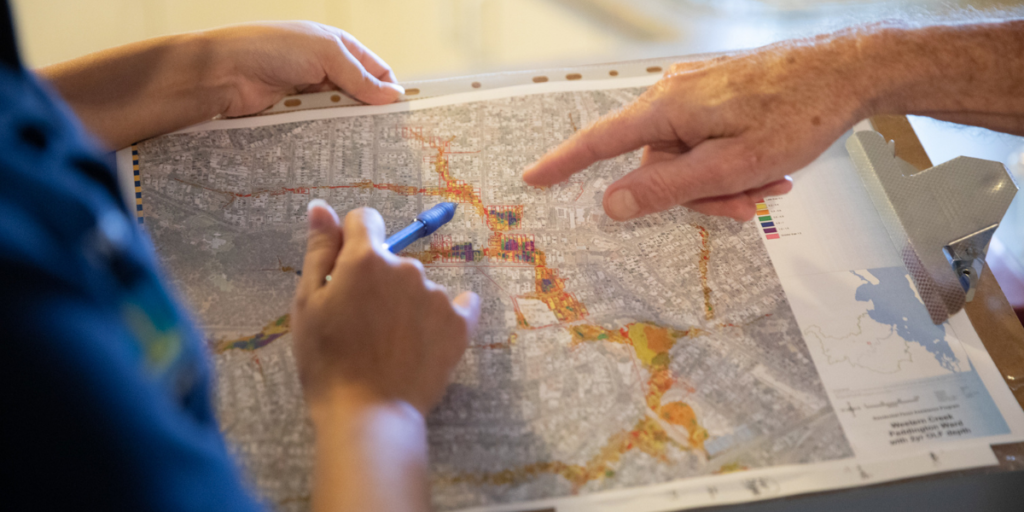
It is important for you and your client to understand the likelihood of flooding for their property and local area so you can know how high to design flood-resilient building strategies to. Ensure that you and your client have done the steps below.
To learn more about the types of flooding featured in a FloodWise Property report, visit the Brisbane City Council Flooding in Brisbane Guide for Residents.
Then you and your client can match the flood water levels of the land to the habitable floor levels of the property. This will show you what chance of flooding the property has and to what height the water levels might rise. The FloodWise Property Report will supply different percentage chances of flooding at different heights.
Remember, the FloodWise Property Report will give you an estimated flood level based on previous floods and modelling data. However, every flood is unique and there is a chance that the next flood event may reach a higher peak than estimated. Therefore, it is a good idea to consider this when determining what height you will build flood-resilient strategies to.
Flood resilience strategies for architects, engineers and trade contractors
Now that you and your client have determined the estimated flood height of the property, you can start to determine which strategies will suit the property’s flood resilience needs and the client’s brief and budget.
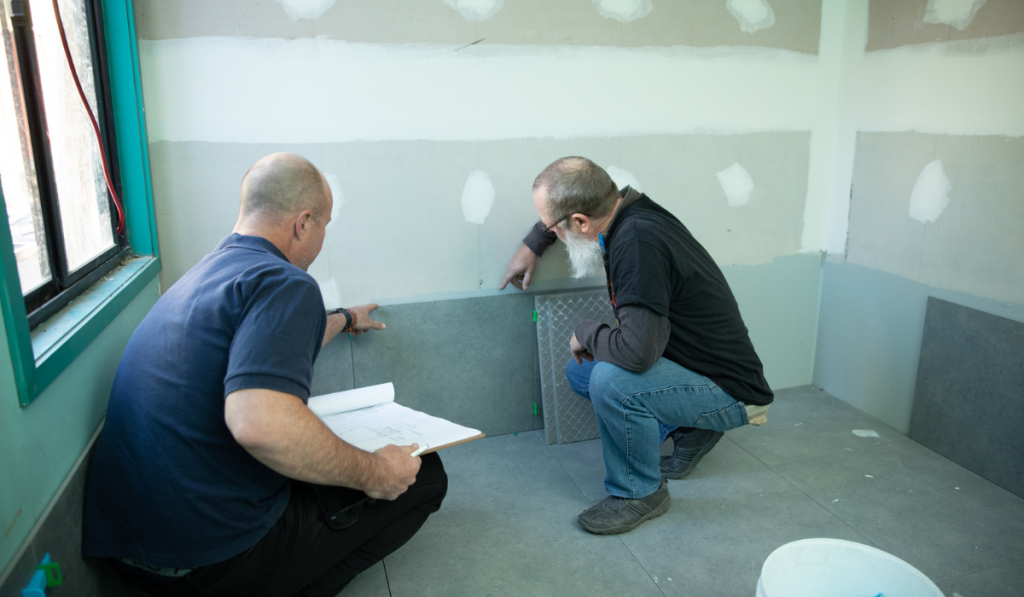
Choosing flood resilient strategies
When working on a flood-prone property, you can adapt what you are currently doing to introduce the best flood-resilient techniques into your work.
Watch this video to learn techniques that will build flood resilience into your clients’ properties:
Quick flood-resilient tips
There is a range of simple and complex flood resilience techniques that you can adopt for your client.
Use water-resistant external wall materials and cladding
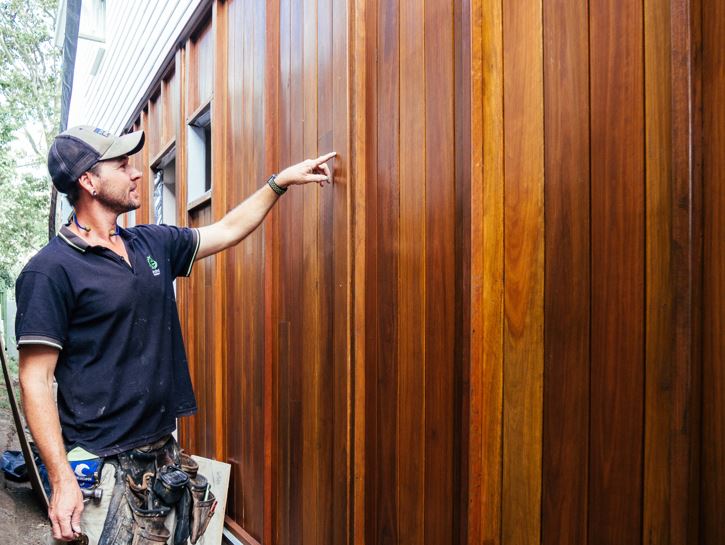
Use water-resistant flooring and skirting
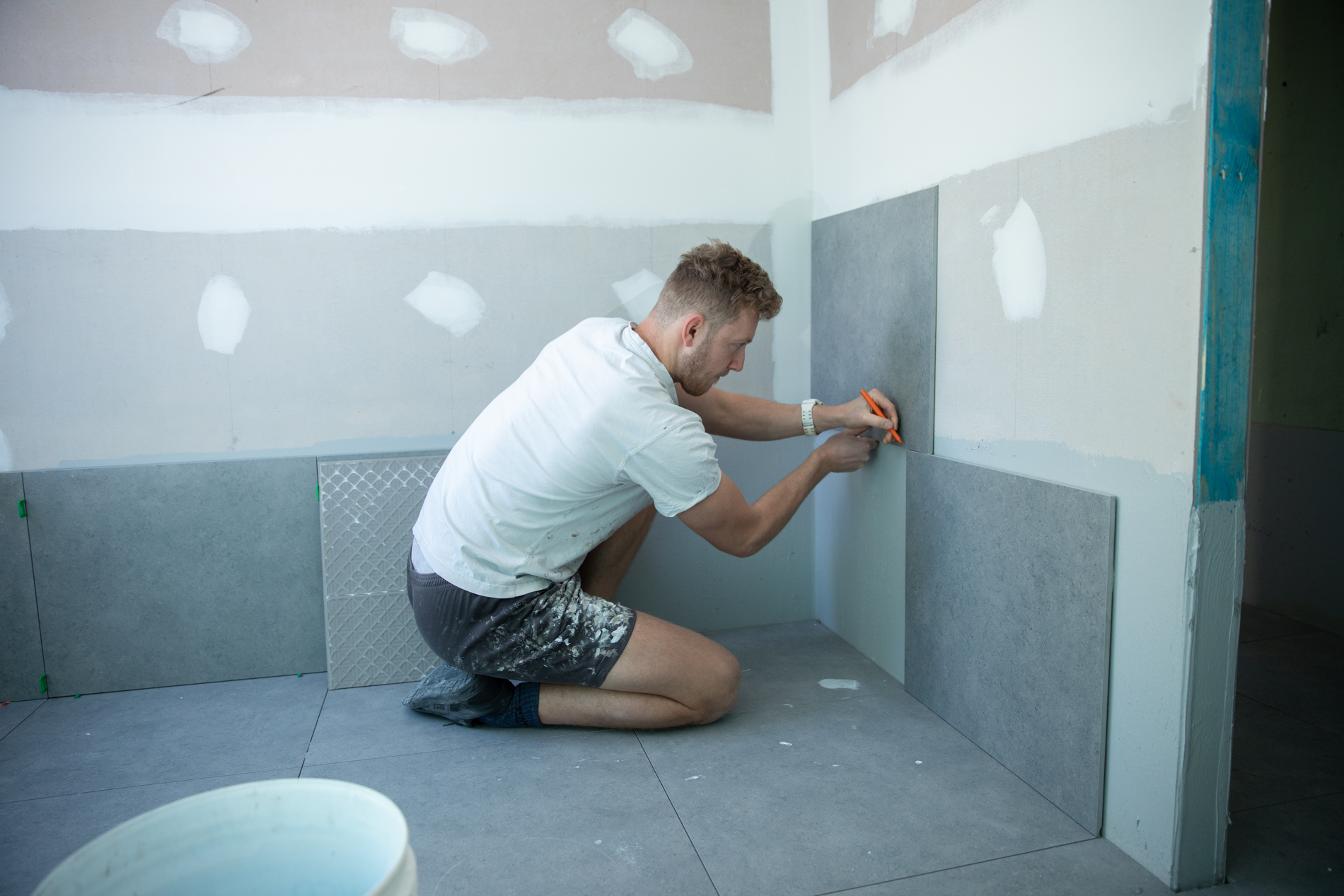
Use first stair riser to avoid cavities
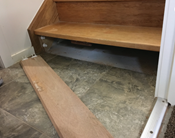
See below for some quick tips to build flood resilience in your home.
More flood resilience strategies
View the interactive window below to see how a variety of flood-resilient design strategies are used in a Brisbane house:
Click the links below for more flood resilience design strategies:
Become a contractor for our Flood Resilience Programs
Brisbane Sustainability Agency engages with the building, trade, engineering and architectural design industry to provide resilience assessments, recommendations and works for a range of Flood Resilient Suburbs Programs.
If you’re interested in improving your expertise in highly-demanded flood-resilient building and construction and would like to work with Council to build a manageable stream of consistent and challenging work, please get in touch with Brisbane Sustainability Agency at floodwise@sustainablebrisbane.com.au about becoming a contractor for our Flood Resilient Suburbs Programs.
More information
You can learn more information about flood-resilience strategies in this comprehensive Flood-Resilient Building Guide. Alternatively, read the many recommended techniques that have already been used in the pilot Flood Resilient Homes Program here: Flood-resilience strategies.
If you have more questions about flood resilience, contact Brisbane Sustainability Agency at floodwise@sustainablebrisbane.com.au
Interested in flood resilience but for your own property or business?
View more tips on how to build flood resilience if you represent an apartment building body corporate, own a house, or a business.
